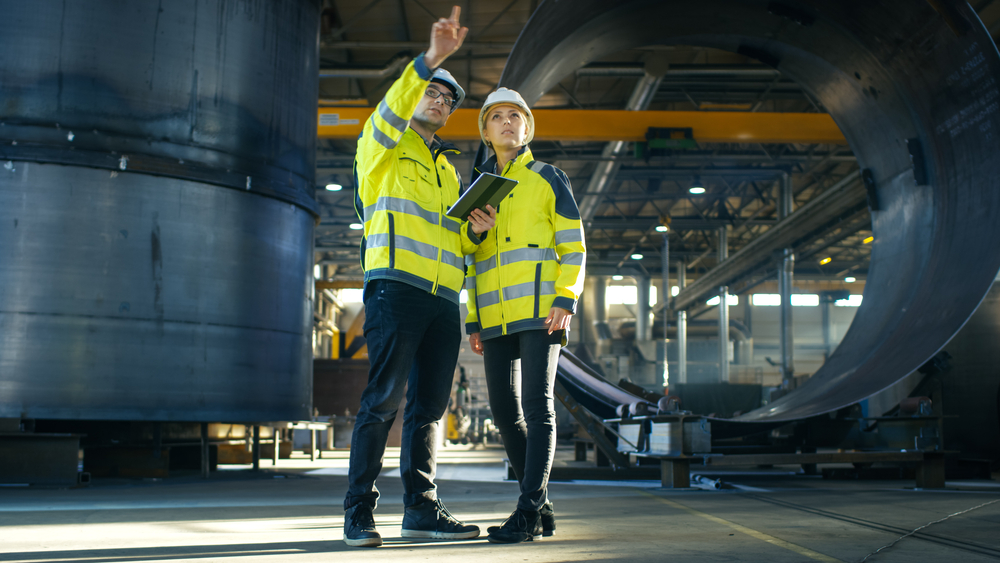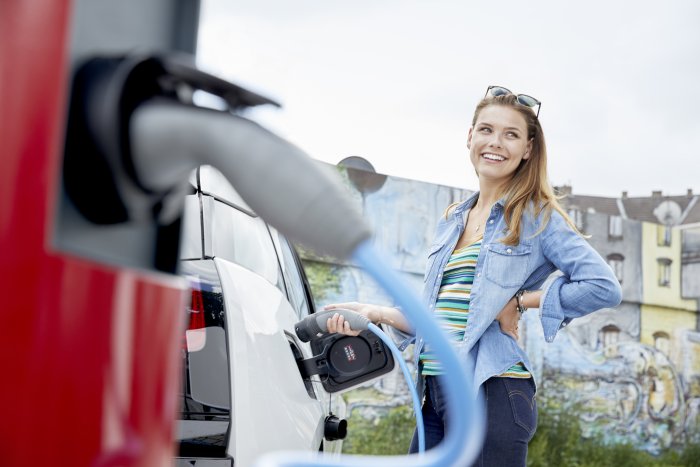Investment Prospects from China to Lift Automotive Sector in 2023

Image by NINA IMAGES / Shutterstock.com
2023 comes with a challenging outlook, and the automotive industry seems likely to remain vulnerable to economic headwinds. However, for an industry segment that carries significant weight in Hungary, increasing Chinese investment offers some optimism.
Persisting supply-chain problems, the lingering energy crisis, and slowing demand are issues that leave the automotive industry vulnerable in the European continent, with Hungary no exception.
As the main engine for the national economy, the automotive industry’s output is a significant factor in the growth of Hungary’s industrial production. However, the growing slice of electric vehicle production and EV battery manufacturing, coupled with a prognosis of increasing investment from China, should more than keep the local sector afloat.
The output of the automotive industry grew in both September and October 2022, according to the latest figures published by Hungary’s Central Statistical Office (KSH). Manufacturing rose 32.1% year-on-year in October, up from September’s 31.6% y.o.y. growth, but below August’s 57.8% figure. However, KSH figures indicated that a significant semiconductor shortage affected the low base in October.
Demonstrating exactly why the automotive sector’s growth is so crucial, KSH data shows it accounted for 25% of the manufacturing sector’s output in October. In comparison, the next most substantial contributor was computer, electronics and optical equipment, which had an 11% slice of the overall manufacturing pie. In October, this latter segment rose by 20.1% compared to the same month a year earlier. Still, October’s headline industrial output slowed to 5.9% after two consecutive months of double-digit growth.
With the automotive industry carrying such a weight, its performance is a determining factor in the headline performance of the national economy. Investment-wise, trends suggest that Hungary’s “Opening to the East” foreign policy is bearing fruit.
Laying Down Roots
Last September, Contemporary Amperex Technology Co Limited (CATL), a China-based automotive manufacturer, signed a contract to buy a sizeable plot of land in Debrecen, Hungary’s second-largest city, where the firm plans to build a more than EUR 7 billion battery plant.
Minister of Foreign Affairs and Trade Péter Szijjártó said at the signing ceremony that the investment in what will be CATL’s second European plant would create 9,000 jobs. Hungary will join China and Germany as CATL’s third battery manufacturing base in 2025 when the investment is scheduled to start production. Szijjártó said that the plant would complement German premium giant carmakers Audi, BMW and Daimler, which are already present in the country.
“Hungary is profiting enormously from its pragmatic cooperation with thePeople’s Republic of China based on mutual respect and free from outside influences,” Szijjártó was quoted as saying by state-owned news agency MTI. He added that bilateral trade between China and Hungary rose 11% to more than USD 12 bln in 2021 and had grown by 7% in the first half of 2022.
Based on this progress, some pundits expect Chinese investment to become a driving force in the automotive industry in 2023. Another sizeable Chinese investment wave may start in Hungary, which will be given a serious boost by the construction of CATL’s battery factory in Debrecen, Wu Wanliang, the owner of Capital Bridge, which supports Chinese investments into Hungary, said in a press release sent to the Budapest Business Journal in response to our questions.
Compared to European trends that peaked in 2016-2017, Chinese working capital inflow to Hungary has increased in the past four years. Last year, China’s working capital stock was close to USD 3.5 billion in Hungary, ahead of Serbia and Romania (USD 2.7 bln-2.8 bln) and Poland (USD 2 bln), Capital Bridge says. After the European Union, China is Hungary’s second most important trading partner. Last year, turnover increased by 7.1% and exceeded USD 6 bln.
Investing Together
“These investments contribute to the further inflow of Chinese working capital. When choosing a location, Chinese companies prefer locations where other Chinese companies already operate [...]. They look for locations where they can integrate into the business environment, where they have the right level, skill and quantity of labor at their disposal, and where they can cooperate with higher education,” WuWanliang said.
At the end of last year, Hungary’s foreign minister confirmed in a Facebook video that around 48% of Hungary’s record EUR 6.5 bln foreign direct investment in 2022 came from countries in the East, as opposed to 42% from the West.
Szijjártó added that investments in the electric and hybrid vehicle sector accounted for 30% of the total and battery production for 43%, while calling Hungary, once again, the “European champion” in the changeover to electric mobility. He also said that the country had become a “meeting point” for German automakers and Asian battery makers. Last year, South Korea was the biggest foreign investor in Hungary, while German investments created the most jobs, the foreign minister added.
Hungary has appeared as a strong advocate for tighter economic ties with China. In Mid-December, Szijjártó called for an imminent investment agreement between the European Union and China after video-conferencing with his Chinese counterpart Wang Yi. A recent report by the Financial Times suggests that, based on private conversations with Chinese officials and European diplomats, China may seek tighter ties with the European Union as opposed to Russia.
“My colleague Wang Yi has done an awful lot for the development of Hungarian-Chinese ties, for which I am grateful, as Hungary has profited much from those efforts,” Szijjártó said, adding that Chinese-Hungarian cooperation over the past eight years was a “clear success story.”
This article was first published in the Budapest Business Journal print issue of January 13, 2023.
SUPPORT THE BUDAPEST BUSINESS JOURNAL
Producing journalism that is worthy of the name is a costly business. For 27 years, the publishers, editors and reporters of the Budapest Business Journal have striven to bring you business news that works, information that you can trust, that is factual, accurate and presented without fear or favor.
Newspaper organizations across the globe have struggled to find a business model that allows them to continue to excel, without compromising their ability to perform. Most recently, some have experimented with the idea of involving their most important stakeholders, their readers.
We would like to offer that same opportunity to our readers. We would like to invite you to help us deliver the quality business journalism you require. Hit our Support the BBJ button and you can choose the how much and how often you send us your contributions.








